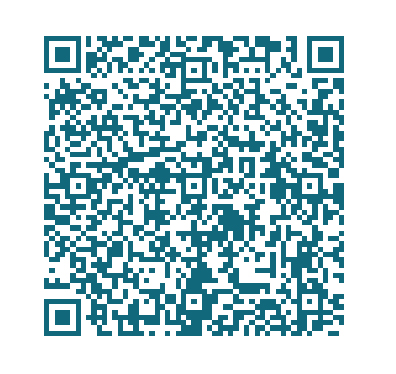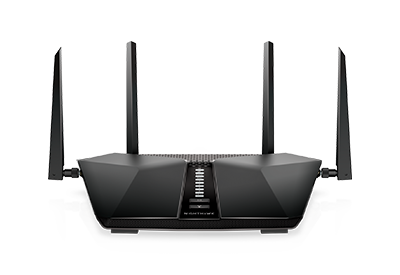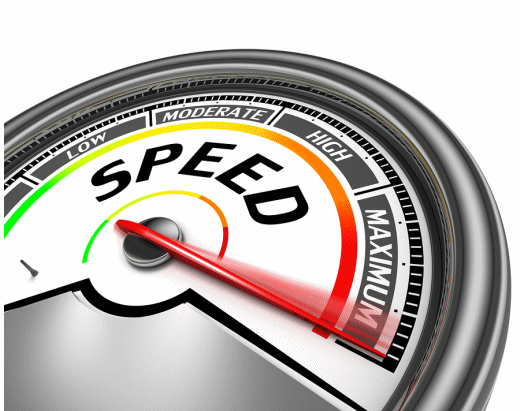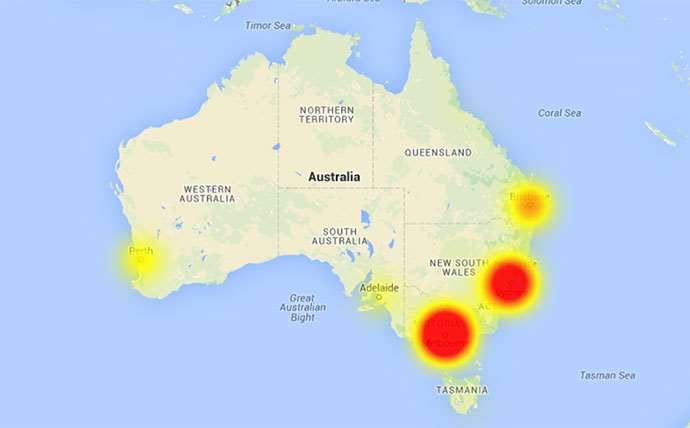Published on: 12-07-2020
Coronavirus (COVID-19) Support from OCCOM
Dear Valued Customer,
As entering a period of unprecedented uncertainty and crisis brought by the COVID-19, we want to let you know that OCCOM stands behind you, and will get through this hard time together with you.










